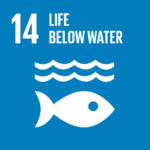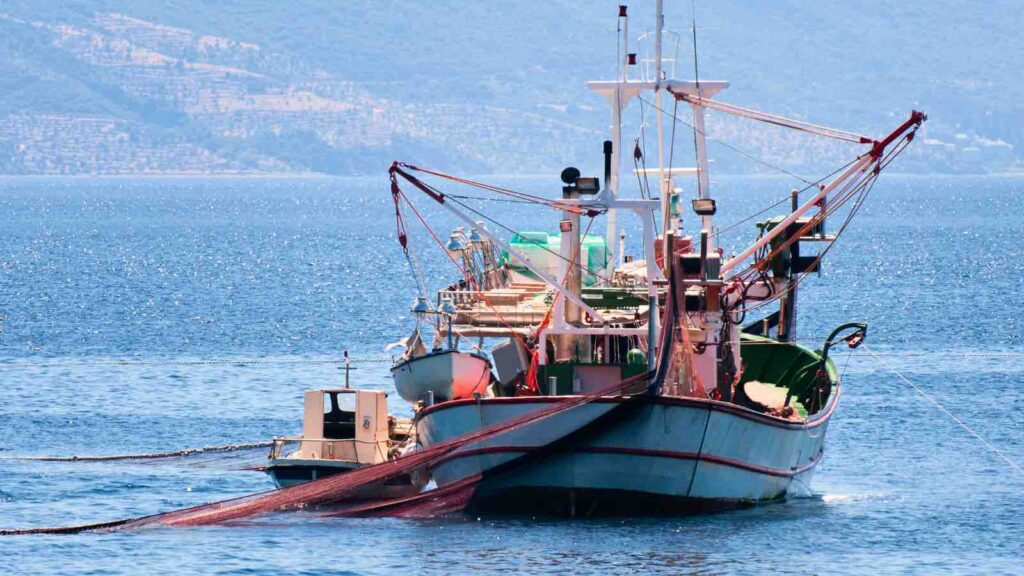A game-changer for our oceans: unpacking the historic High Seas Treaty and why it’s essential for our future.
In an epoch-making development, the United Nations, a body of 193 member states, adopted a legally binding agreement on marine biodiversity on 19th June. After nearly twenty years of ardent negotiations, the deal forges a unified wave of conservation and sustainability for the ‘high seas’—areas beyond national borders that comprise a staggering two-thirds of the Earth’s oceans. We explore five compelling reasons why this ‘high seas’ treaty could potentially reshape our relationship with the world’s waterways and prove instrumental for the planet.
RELEVANT SUSTAINABLE GOALS



(1).Bolstering Protection Beyond Borders
In an era of escalating environmental threats, national governments are charged with safeguarding the conservation and sustainable use of their waterways. With the adoption of this agreement, however, the high seas—a region previously neglected—have been granted a robust defense against destructive activities such as pollution and unsustainable fishing.
The treaty, product of the Intergovernmental Conference on Marine Biodiversity of Areas Beyond National Jurisdiction (BBNJ), aspires to steward the ocean for both present and future generations, aligning itself with the Convention on the Law of the Sea. Its 75 articles demonstrate a commitment to protecting, caring for, and ensuring responsible use of marine environments, while preserving the inherent value of marine biological diversity. As UN Secretary-General António Guterres proclaimed, this landmark development breathes new life into the fight for ocean conservation.
(2). Pledge for Cleaner Oceans
Our oceans are under siege. Toxic chemicals and millions of tons of plastic waste flood into coastal ecosystems every year, damaging marine life and infiltrating the food chain. More than 17 million metric tons of plastic found their way into the ocean in 2021 alone. The UN predicts that, if unchecked, plastic in the sea could outnumber fish by 2050.
The high seas treaty aims to reverse this trend by strengthening resilience and implementing dispute mechanisms and provisions grounded in the polluter-pays principle. Moreover, it necessitates that parties assess the potential environmental impacts of activities extending beyond their jurisdictions.
(3). Sustainable Management of Fish Stocks
Over a third of global fish stocks are currently over-exploited, according to the UN. In response, the treaty stresses capacity building and technology transfer in the marine sector. It also encourages collaboration among regional seas organizations and regional fisheries management bodies. Through these provisions, the agreement hopes to manage fish stocks sustainably and establish comprehensive regulatory frameworks at national levels.
(4). Combatting Climate Change
Rising global temperatures are wreaking havoc on our oceans, catalyzing intense storms, elevating sea levels, and increasing the salinization of coastal lands and aquifers. To combat these concerns, the treaty guides a holistic approach to ocean management, one that fortifies ecosystem resilience, mitigates the adverse effects of climate change and ocean acidification, and aims to restore ecosystem integrity, including carbon cycling services.
(5). Instrumental for Achieving the 2030 Agenda
UN Chief Guterres proclaimed that the new agreement is pivotal for combating ocean threats and achieving ocean-related goals and targets, including the 2030 Agenda. For instance, the treaty aids in achieving Sustainable Development Goal (SDG) 14, which seeks to reduce marine pollution and end overfishing through science-based management plans. By establishing area-based management tools such as marine protected areas, the treaty aims to conserve and sustainably manage vital habitats and species in the high seas and the international seabed area.
The agreement also recognizes the unique circumstances faced by small island and landlocked developing nations, offering them new tools for navigating these challenges.
As UN General Assembly President Csaba Kőrösi aptly concluded, this groundbreaking agreement exemplifies a collective commitment to conserving and sustainably using marine biological diversity in areas beyond national jurisdiction. This achievement serves as a beacon of hope for a brighter, more sustainable future, a testament to our ability to work collectively and proactively to ensure the survival of our seas for generations to come.
You may also be interested in :
Latest Research : Microplastics Deposited On The Seafloor Triple in 20 Years


